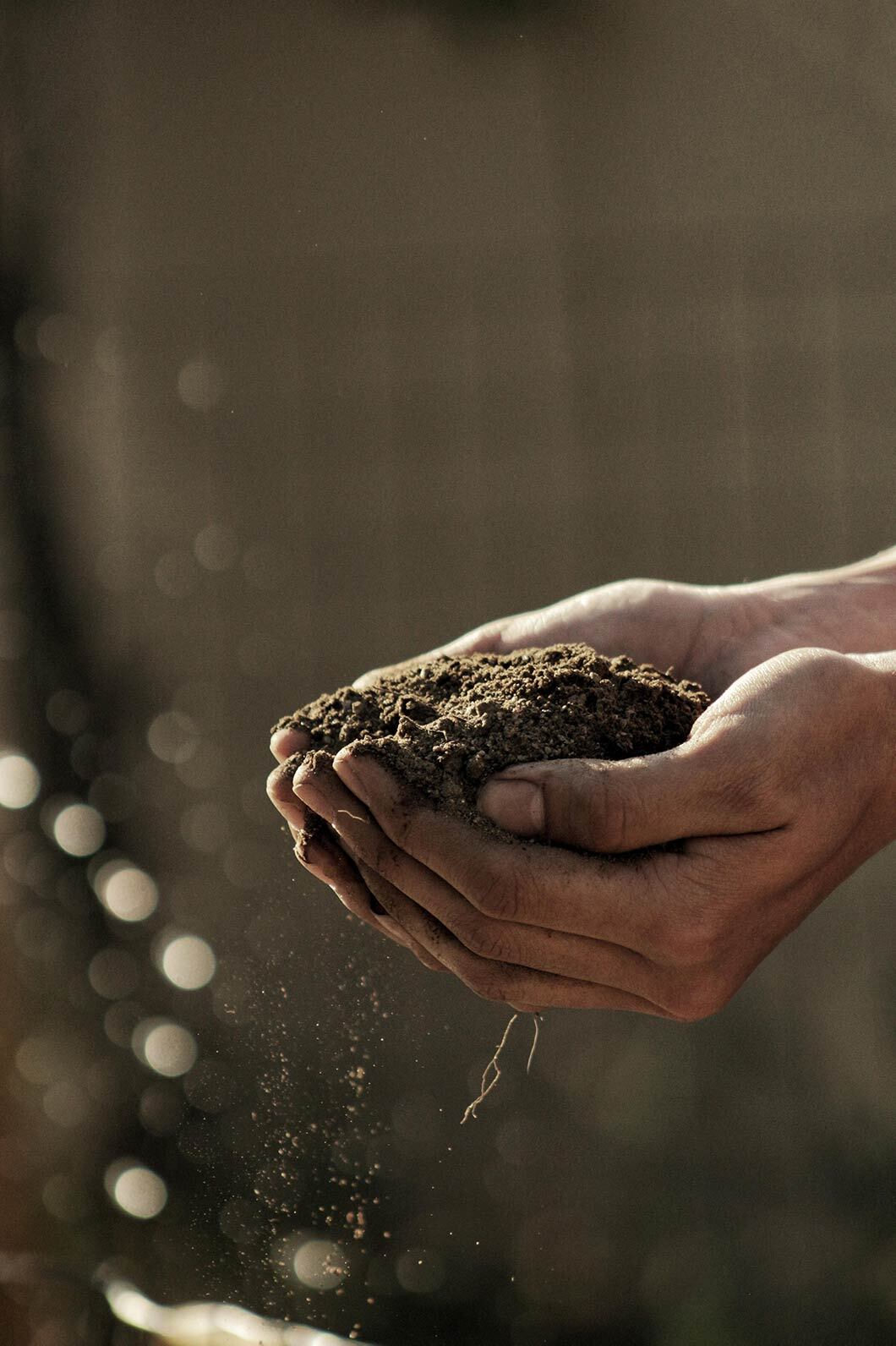Solar co-location has long been a source of income for farmers around the world. India, for one, is enthusiastically expanding on this type of asset co-location.
The state of Rajasthan is set to expand its solar power capacity. Hence, it has become the first region in the country to allocate projects for solar co-location.
Co-location is a tried and tested solar asset management technique. Setting up panels along with agriculture developments has proven to be a win-win situation for all. Therefore, under the Rajasthan Renewable Energy Corporation (RREC), authorities have distributed 722-MW capacity of solar among 623 farmers.
These panels will be set up on semi-barren land to leave room for successful farming. Landowners hope co-location will become a secondary stream of income for them. Wind projects around the world use a similar approach to appease farmers.
Rajasthan is a desert-like province. Hence, the best way to reach its goal of 21% solar-powered electricity by 2023 is by capitalizing on abundant sunlight.
Consequently, India is aiming to add a total of 26GW to solar co-location by 2022.
The Renewable Energy Landscape in India
This solar co-location project in Rajasthan speaks volumes of the proactive stance India has taken on the majority renewables by 2030 agenda. Home to a billion people, the country’s energy needs have always been immense.
Therefore, the present government has set an ambitious target of adding 175 GW of renewable energy capacity by 2022. Undoubtedly, solar power takes the biggest chunk of the pie. Recorded at 100 GW, followed by 60GW from wind.
Moreover, one major contributing factor that makes projects like solar co-location in Rajasthan possible is low levelized cost. According to the World Economic Forum, the cost of building utility-scale solar projects has seen a steady decline of 27% year-on-year.
With the much-awaited 2.2 GW Bhadla Solar Park ready to be commissioned, the country is setting a great example on a long list of ‘firsts.’




